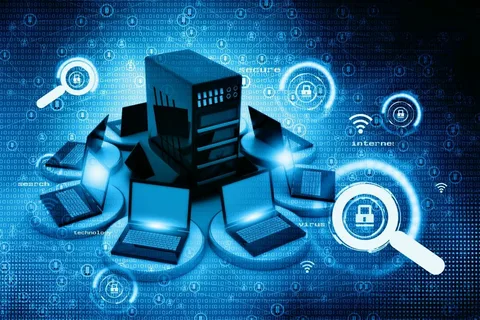The Evolution of Software: Transforming Our World

Software is an essential component of modern technology, acting as the invisible backbone that powers everything from smartphones to complex enterprise systems. Its evolution has dramatically shaped the way we live, work, and interact, influencing countless aspects of our daily lives.
What is Software?
At its core, software is a collection of instructions that tells a computer or device how to perform specific tasks. It can be categorized into two main types:
-
System Software: This includes operating systems (like Windows, macOS, and Linux) that manage hardware and provide a platform for applications.
-
Application Software: These are programs designed for end-users, such as word processors, spreadsheets, and graphic design tools.
Historical Development
The history of software dates back to the mid-20th century, with early programming languages like Assembly and Fortran. Initially, software was closely tied to the hardware it ran on, making it less portable and more difficult to develop.
The introduction of higher-level programming languages in the 1960s and 1970s, such as C and Pascal, allowed developers to write code that was easier to read and maintain. This era also saw the rise of the first operating systems, which streamlined the user experience.
The Software Revolution
The 1980s and 1990s marked a significant turning point in software development with the advent of personal computers. Companies like Microsoft and Apple brought software into homes and offices, democratizing access to technology. The graphical user interface (GUI) transformed user interaction, making computers more accessible to the general public.
As the internet became mainstream in the late 1990s, software began to evolve in new directions. Web-based applications emerged, leading to the rise of e-commerce, online communication, and social media.
The Age of Open Source
The open-source movement, which gained traction in the late 1990s, further transformed the software landscape. Developers began sharing their code, allowing others to modify and improve it. This collaborative approach fostered innovation and led to the creation of robust software solutions, such as the Linux operating system and the Apache web server.
Open-source software challenged traditional business models and highlighted the importance of community-driven development, paving the way for a more inclusive tech ecosystem.
Current Trends
-
Cloud Computing: Software has increasingly moved to the cloud, allowing users to access applications and data from anywhere. Services like Google Workspace and Microsoft 365 exemplify this shift, enabling real-time collaboration.
-
Artificial Intelligence: AI and machine learning are transforming software capabilities, enabling applications to learn from data and improve over time. From virtual assistants like Siri and Alexa to advanced data analytics tools, AI is reshaping industries.
-
Mobile Applications: The proliferation of smartphones has led to a surge in mobile app development. Apps have become integral to our daily lives, offering convenience in communication, shopping, and entertainment.
-
DevOps and Agile Methodologies: The software development process has evolved to become more iterative and collaborative. DevOps emphasizes the integration of development and operations, while Agile methodologies prioritize flexibility and customer feedback.
The Future of Software
As we look ahead, the future of software appears bright but also complex. Emerging technologies like quantum computing and blockchain hold the potential to redefine how we approach software development and security. Additionally, ethical considerations around data privacy and AI governance will play a crucial role in shaping the industry.
Conclusion
Software has come a long way from its early days, evolving into a powerful force that influences nearly every aspect of our lives. As technology continues to advance, the importance of software will only grow, making it imperative for developers, businesses, and users to stay informed and engaged in this dynamic field. The next chapter of software evolution promises to be as transformative as the last, driving innovation and shaping our world in ways we have yet to imagine.
- Arts
- Business
- Computers
- Jogos
- Health
- Início
- Kids and Teens
- Money
- News
- Recreation
- Reference
- Regional
- Science
- Shopping
- Society
- Sports
- Бизнес
- Деньги
- Дом
- Досуг
- Здоровье
- Игры
- Искусство
- Источники информации
- Компьютеры
- Наука
- Новости и СМИ
- Общество
- Покупки
- Спорт
- Страны и регионы
- World


